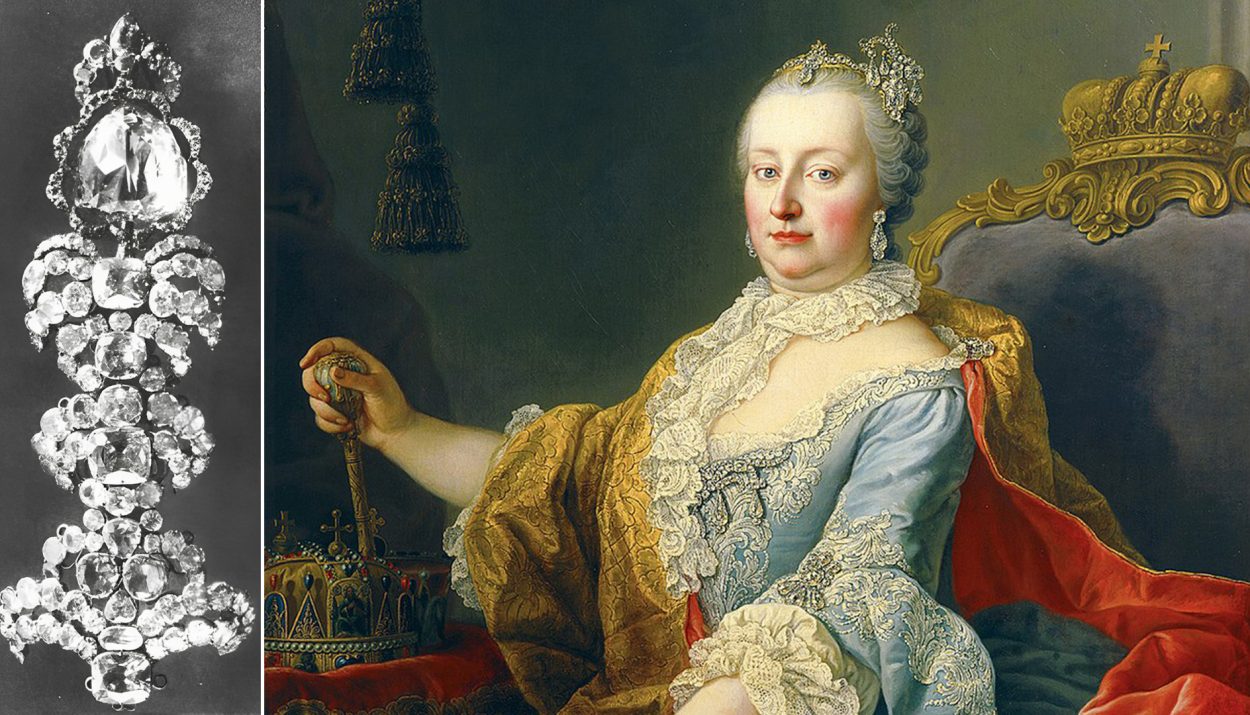The world is a vast and fascinating place, and throughout history there have been both truly wonderful people, and truly terrible people. This is most evident in the physical evidence of history. Over time, there have been priceless treasures that have been stolen or gone missing, and while some have been found, many are still missing to this day.
1. The Amber Room
The Catharine Palace of Tsarskoe Selo18th century Russia was supposedly a sight to behold. The building was utterly magnificent, as befitted royalty of the time, but within was a sight even more spectacular. The Amber Room was a room in the palace filled with gold-gilded mosaics, mirrors- and carvings, along with 1000 lbs of amber panels.
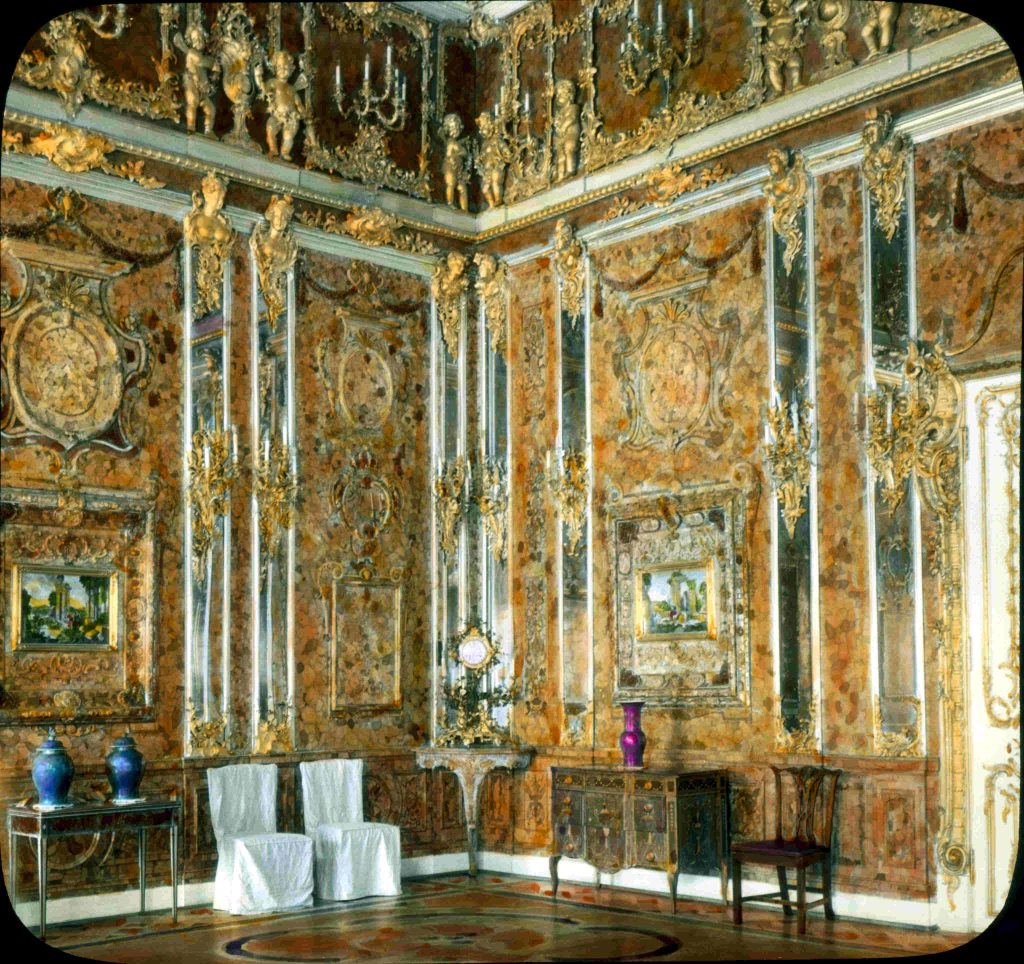
Unfortunately, when Tsarskoe Selo was captured by Germany in 1941, the palace was overrun by German forces. The Amber Room was taken apart piece by piece, with every bit of valuable mosaic and amber taken back to Germany. The art has never been recovered, and it possibly that it has been destroyed in the time since.
2. Ark of the Covenant
The Ark of the Covenant was a chest that held the tablets that were engraved with the 10 commandments, according to the Hebrew Bible. The chest was originally kept in a temple in Jerusalem in ancient Israel, that was ordered built by King Solomon.
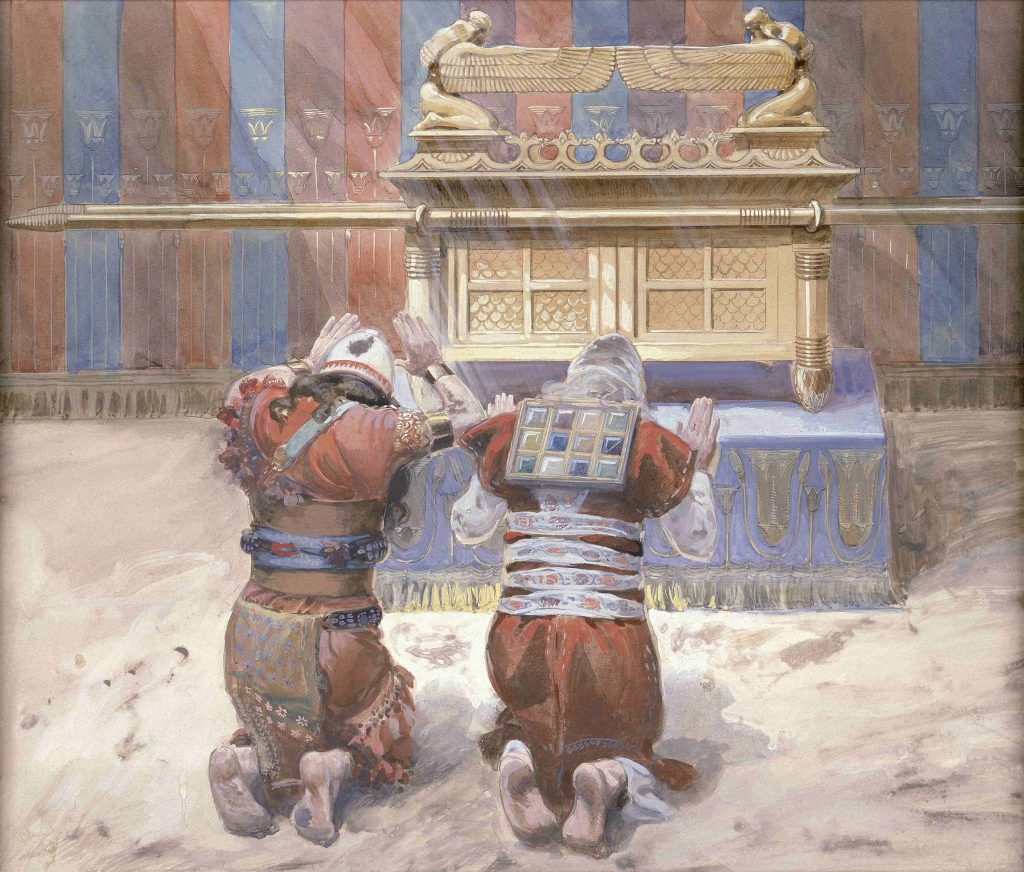
The Ark disappeared, though, when the temple – sometimes called the First Temple – was destroyed by an army from ancient Babylon in 587 B.C.E. The army captured Jerusalem and ransacked the city, and the question of what happened to the Ark has plagued historians ever since.
3. The Lost Library of the Moscow Tsars
The library of the Moscow Tsars was supposedly an expansive collection of ancient Greek texts, as well as many texts in other languages. It was built by the Grand Duchy of Moscow in 1518, and is confirmed by a writing from the 16th century by Andrey Kurbsky, who supposedly met Vasili III in a room where he showed off a huge collection of Greek texts.
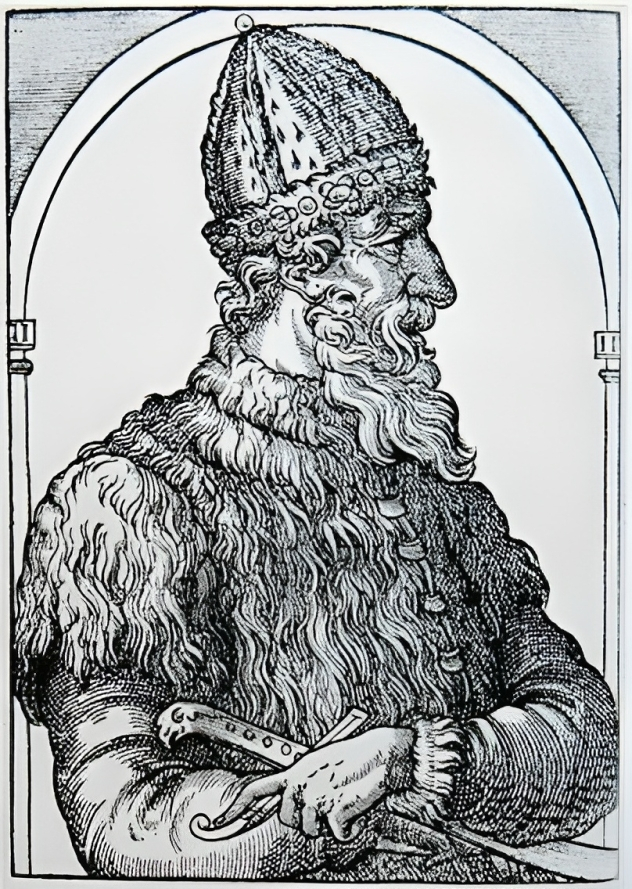
If the library ever existed, the question of where it disappeared to is a compelling one. Some historians believe that Ivan the Terrible managed the hide the library away, somehow, but years of searching for the hidden library have turned up no evidence of its existence, or its hiding.
4. The Crown Jewels of Ireland
Despite the name, the jewels in question had no connection or significance to any coronation ceremony and included no crown. Rather, the “crowned jewels” contained a variety of valuable jewelry that had various connections to the crown, and they were stolen in 1907 from Dublin Castle.

The jewels were made from stones that were taken out of Queen Charlotte’s jewelry and an Order of Bath badge, and they were stored in the library of the castle when the heist took place. Lax security was blamed for their loss, and though there have been many theories in the years since, nobody has ever been caught or charged for their theft.
5. Sappho’s Missing Poems
The Greek poet Sappho is a figure who lived in the seventh century BCE, and was widely regarded as one of Greece’s finest poets at the time. She was called the “tenth muse” and was known for her flowing, musical poetry that was meant to be accompanied by music.

Unfortunately for modern scholars, few of Sappho’s full poems exist. Of the hundreds of poems that she supposedly wrote, only two full poems and forty partial poems survive. Supposedly, Sappho’s poetry was destroyed by the Church because they disapproved of her morals, but it is more likely that her poetry was never popular enough to warrant being written down on papyrus. Much to the loss of modern scholars.
6. Just Judges
The Just Judges is the name of a panel that was part of the Ghent Altarpiece, which was a 15th-century work of art in Saint Bavo’s Cathedral. The painting portrays a number of characters on horseback, none of whom can be identified.

The panel was stolen from the church in 1934, and unlike the items so far on this list, the investigation into its disappearance is still active. Tips still come in regarding the panel, and the file on the missing panel is now over 2000 pages long. What’s fascinating is that this was not the first or only attempt to steal the panel, only the one that succeeded. Prior to 1934, there were many attempts to steal the Just Judges but none were victorious.
7. The Florentine Diamond
The Florentine Diamond is a yellow, 137-carat stone that likely originated in India. It may have found its way to Europe by the end of the 15th century, but the circumstances of its travel are unclear. One story posits that Charles the Bold had the stone cut from a larger rock, and was so attached to it that he carried it on his person at all times, only to lose it in battle.
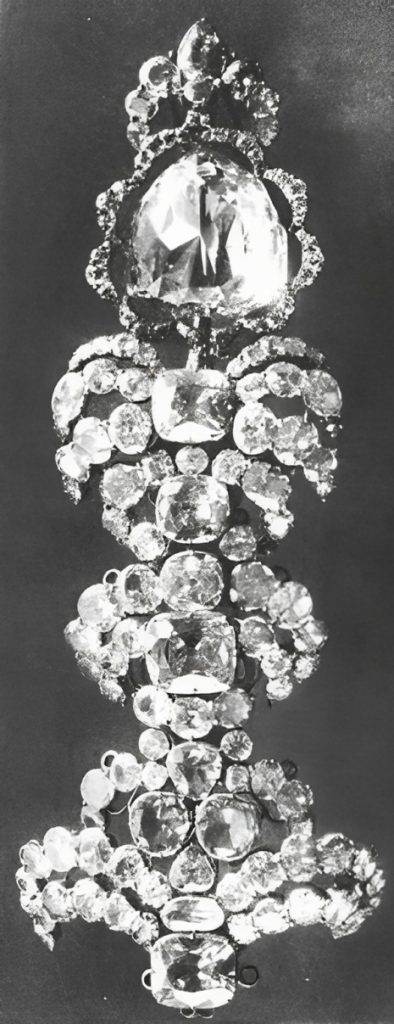
After World War I, Charles I fled with the diamond to Switzerland, where he entrusted the jewel to the care of an Austrian lawyer named Bruno Steiner. Supposedly, Steiner helped the royal family sell it and other jewels, and nobody is sure what happened to the stone after that. He was arrested and acquitted of the crime, but the Florentine Diamond has been missing ever since.
8. The Menorah from the Second Temple
Late in the first century C.E., Jewish rebels fought to free Israel from the Roman Empire’s control. They unfortunately suffered a major blow when Jerusalem was captured by Titus, the future Roman Emperor. During the battle, the Second Temple – the most important site for Jewish people of the time – was destroyed.

The Roman army took the treasures that were once in the temple and carried them back to Rome. One of these treasures includes the Menorah of the Second Temple. There is a carving from the time depicting the Roman army returning victorious with their treasures, and the menorah is portrayed clearly in the middle of the carving. It isn’t clear what happened to the menorah after it arrived in Rome, though.
9. Copper Scroll Treasures
The Dead Sea Scrolls are a series of parchments and other treasures that were discovered in the Qumram Caves in the West Bank. The most unusual of these treasures is a copper scroll, engraved with legends of a vast treasure out there for the taking.
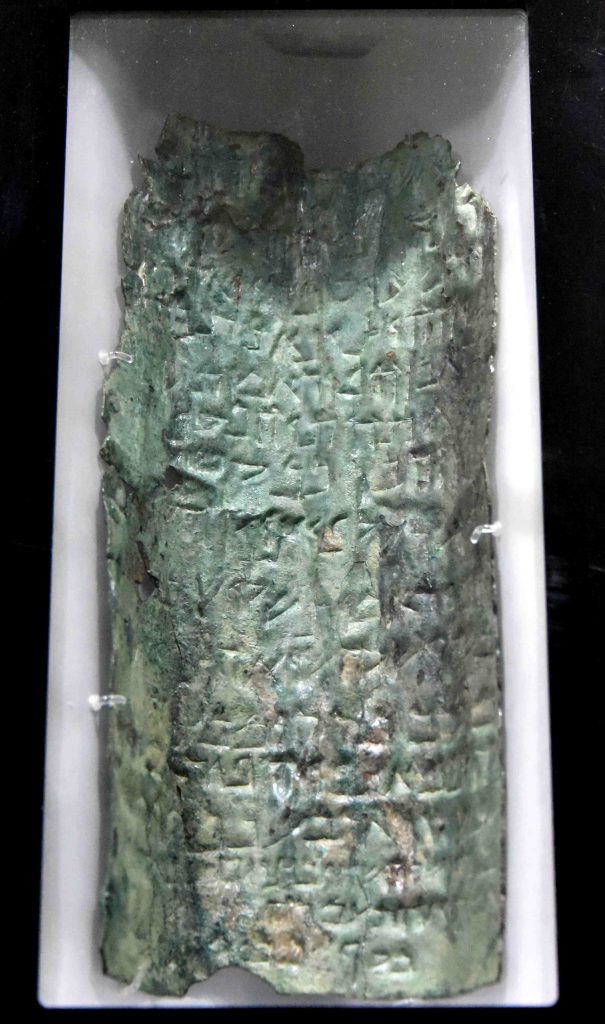
The copper scroll itself is on display in a museum in Jordan, but despite many search parties, the treasure that it supposedly carries the map to has never been found. Some scholars posit that the scroll was written before Roman soldiers destroyed the Second Temple, and those are the treasures it’s referring to. Others suggest that the treasure described is so vast that it must be the stuff of legend. Either way, we’ll likely never know.
10. Peking Man
In the early 20th century, the fossilized remains of an early hominid was discovered in a cave near Beijing. These remains came to be known as the Peking Man, and the cave that those initial fossils were found continues to be a productive area of study of paleontologists today.

The fossils unfortunately went missing in 1941, during the invasion of China by the Japanese in WWII. The Chinese government supposedly had shipped the fossils off to the United States for safekeeping at the time, but the boxes that the bones were in disappeared, and haven’t been seen since. Researchers still wonder at the location of the bones, but if they’re still around, they’ve long since been buried by time.
11. Nazi Gold
Near the end of World War II, there were allegedly a group of Nazi’s led by SS officer Ernst Kaltenbrunner who dumped a load of real goal into Lake Toplitz in Austria. They did this to keep the gold from falling into the hands of the invading Allied forces.

In the years since, there have been many searches for the gold that have been unsuccessful. While many believe that the gold never existed in the first place, some admit that searching for gold in the lake is treacherous due to poor visibility and logs at the bottom of the lake. If gold does exist in the depths, it is possible that it will never be safe enough to retrieve it.
12. Raphael’s Missing Painting
Raphael is one of the most famous painters from the Renaissance, and is considered one of the trinity of great masters of the period along with Leonardo da Vinci and Michelangelo. During his lifetime, he painted a striking portrait that he titled “Portrait of a Young Man,” with its subject and the exact date of its painting unknown.

The painting was owned by a museum in Poland in 1939 when the German army invaded, and Nazi officials stole the painting with the intent of putting it in the planned Lintz Art Gallery. The gallery was unfortunately never built, and the painting was last seen in Hans Frank’s chalet in 1945. Frank was later tried and found guilty for his Nazi war crimes, but the painting was lost and hasn’t been found since.
13. Love’s Labour’s Won
William Shakespeare is considered a master of theatrical literature, and his plays are staples in any theatrical education. Over the course of his lifetime, he wrote 39 plays and hundreds of sonnets that are still studied today. One of the plays that he wrote, though, “Love’s Labour’s Won” is missing from his modern works and no copies can be found.

There is evidence to show that Love’s Labour’s Won was published in 1598 and was still being sold in 1603, though there are no surviving copies. There are even some scholars that believe that Love’s Labour’s Won is actually an alternate title to Much Ado About Nothing, which is a popular play that is still performed today.
14. Michelangelo’s Mask of a Faun
Michelangelo is one of the trinity of Renaissance painters that made their mark in the art work in a way that still resonates today. One of his creations is a sculpture known as the “Mask of a Faun,” portraying a face with a devilish-looking expression, angry eyes, and horns.
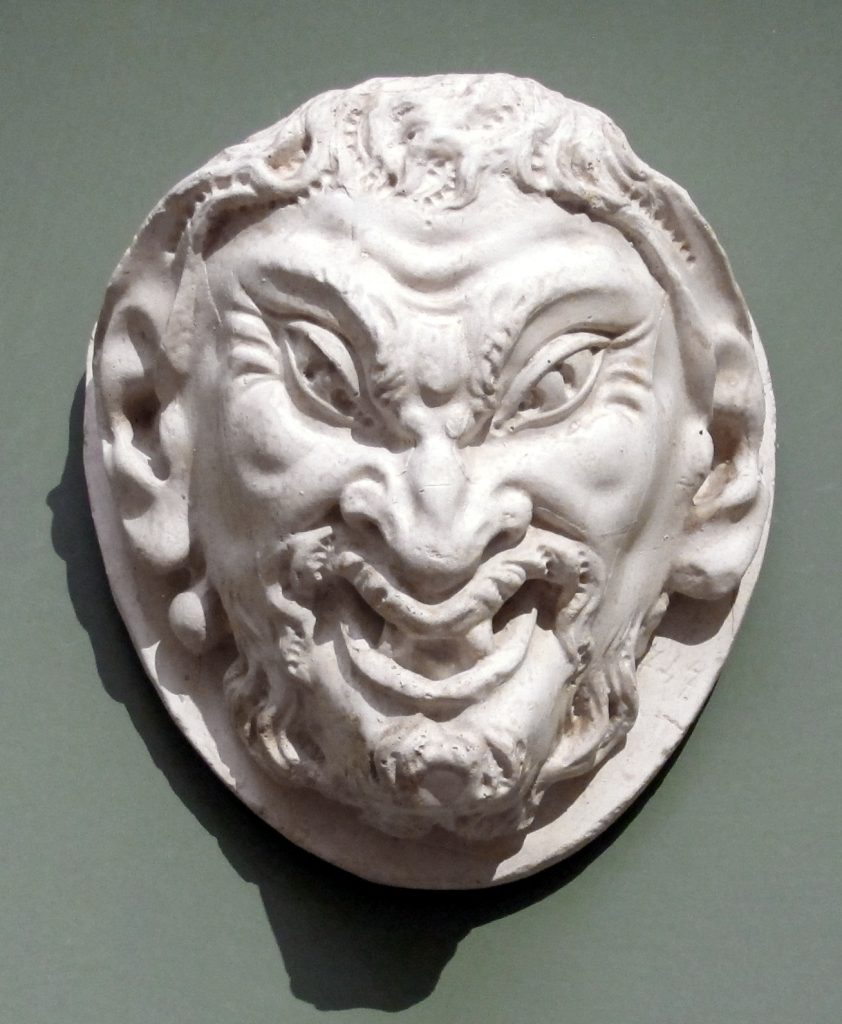
The Bargello Museum in Italy once owned the mask, but it was stolen in 1944 from Castello di Poppi in Tuscany. The thieves were German soldiers who were stationed in Italy at the time, and the last sight of the mask is when it was being loaded onto a truck outside the castle in Tuscany. This was the last time the mask was scene, and its current location is unknown.
15. Missing Faberge Eggs
In the late nineteenth and early twentieth century, the jewelry company Faberge created a series of jeweled easter eggs and presented them to the Russian imperial family. The eggs were considered the ultimate achievement of the company, and 52 eggs were crafted in total for the Russian Dynasty.

The Russian Revolution of 1917 led to the execution of the Romanov’s, though, and with the collapse of the Imperial family, many of their treasures went missing, including some of the jeweled Easter eggs. Of the 52 eggs that were originally created, 46 remain. It is believed that some of the missing eggs reside in private collections, and it is possible some of them ended up in the United States at the end of the Cold War.
16. Jules Rimet Trophy
The Jules Rimet trophy was a solid gold statue that was presented to the winner of the World Championship for soccer. The trophy was sculpted by Abel Lafleur and portrayed a victorious woman holding a vessel over her head, with a base of semi-precious stones.
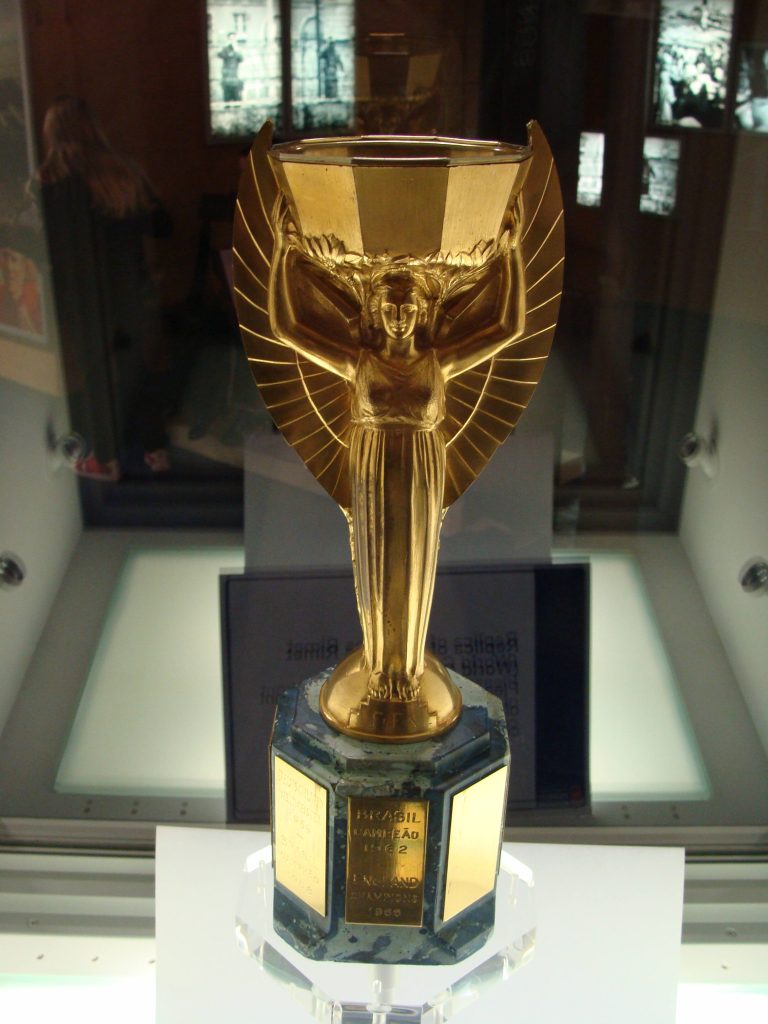
The trophy was stolen from Rio de Janeiro and hasn’t been seen since. It’s widely believed that the thieves melted down the statue to sell, given that it was largely solid gold and weighed almost 13 pounds. This wasn’t the first time that an attempt to steal the statue had been made, either. In 1966 the statue was stolen from a Methodist hall in London, but it was found by a pedestrian a week later and the thieves of that incident were never caught.
17. George Mallory’s Lost Camera
The first explorers to attempt to climb Mount Everest were George Mallory and Andrew Irvine, who disappeared near the summit of the mountain on June 6, 1924. It is widely believed that a storm on the mountaintop doomed their climb, and nobody is sure if they managed to reach the top of the mountain before they died.
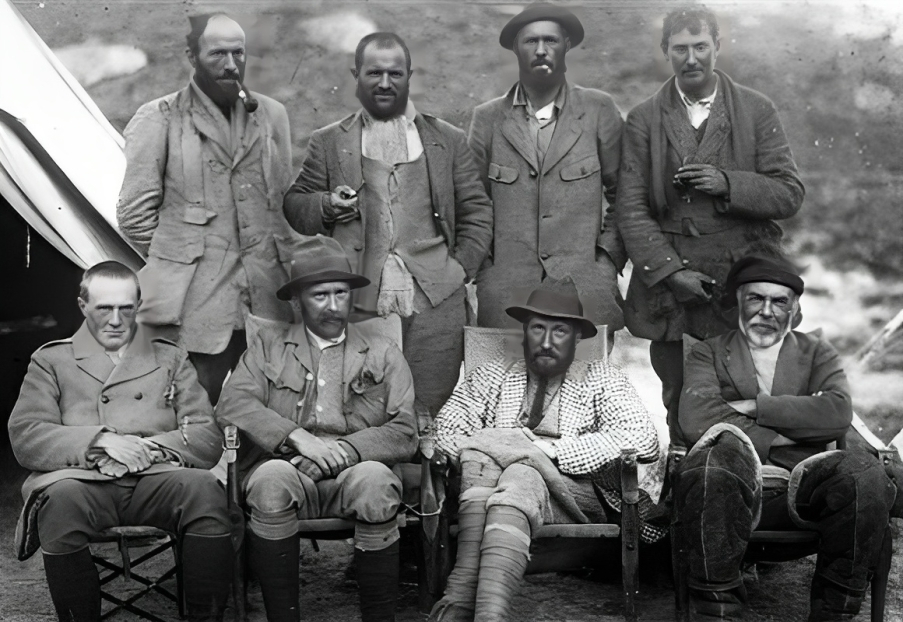
Mallory’s body was found in 1999, with evidence suggesting that he was killed by a fall. Irvine’s body has never been recovered though, but many hold out hope that if his remains are discovered, so will the camera that the pair took on their trip. Such a find would be a historical marvel, and it is one that people are still hoping for.
18. Michelangelo’s “Leda and the Swan”
Michelangelo was known for his work depicting the beauty of the human figure, and one painting of his makes that especially clear. His painting “Leda and the Swan” depicts a woman being seduced by a swan. The myth that the painting is based on reveals that the swan is actually the god Jupiter in disguise, and the pair created many children today, including Helen of Troy.

The original painting of “Leda and the Swan” has been missing for centuries, and there are very few copies done by other people that remain. Some art historians theorize that the Catholic Church was offended by the highly erotic nature of the painting and ordered it destroyed, but nobody can be entirely sure.
19. The Life of General Villa
The “Life of General Villa” is a film depicting the Mexican revolutionary leader Francisco Villa, following his journey in rising up against Mexico’s leaders. While much of the film was fictionalized, it was unique in the fact that it used actual film from some of the battles that it portrayed in the movie.
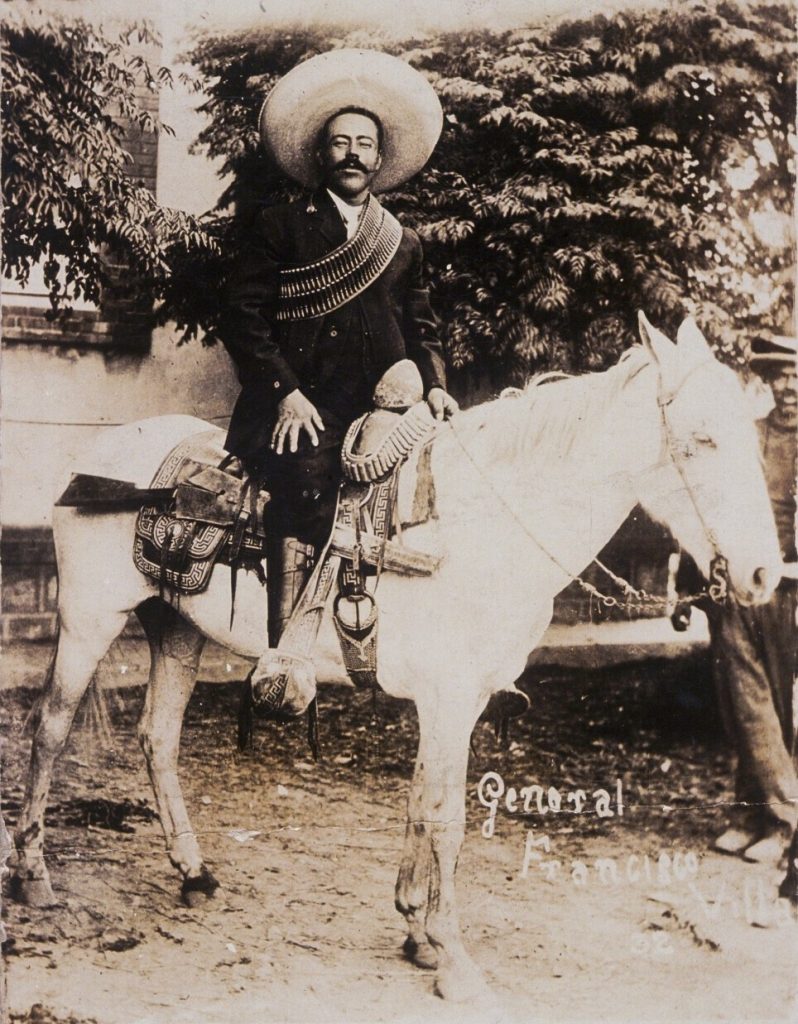
Villa was the one who signed the contract allowing filmmakers to bring cameras into some of his battles against Mexico’s leaders, in exchange for a cut of the royalties of the film. The film was released and shown publicly, but the film itself is unfortunately now lost. Villa himself fell under fire with the United States when his troops crossed over into New Mexico and killed several Americans, and he was ultimately assassinated in 1923.
20. The World’s First Feature-Length Film
The “Story of the Kelly Gang” is a movie that was released in Australia in 1906 and is widely considered by film scholars to be the world’s first feature film. The movie ran just over an hour long, and followed the story of 19th-century outlaw Ned Kelley and his gang.
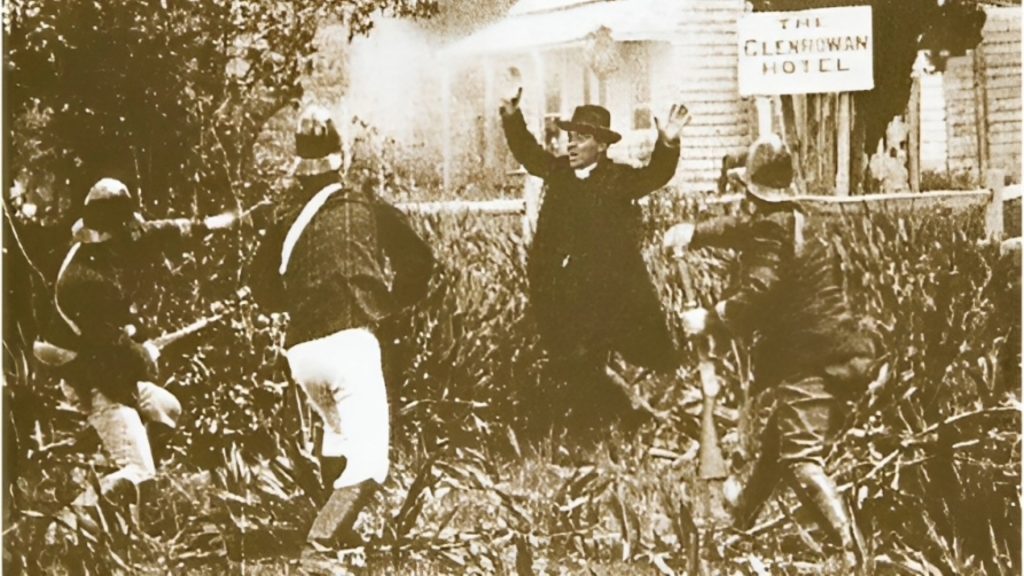
The film opened in Melbourne in 1906, and it was so successful that by the end of 1907 it had screened in New Zealand and England where it was sold as the “longest film ever made.” Sadly, the film itself was never properly preserved and by the 1970’s, the only remnants of the movie were some publicity stills and photographs. Restoration work has allowed for about a quarter of the movie to be recreated, but much of it is still lost.

